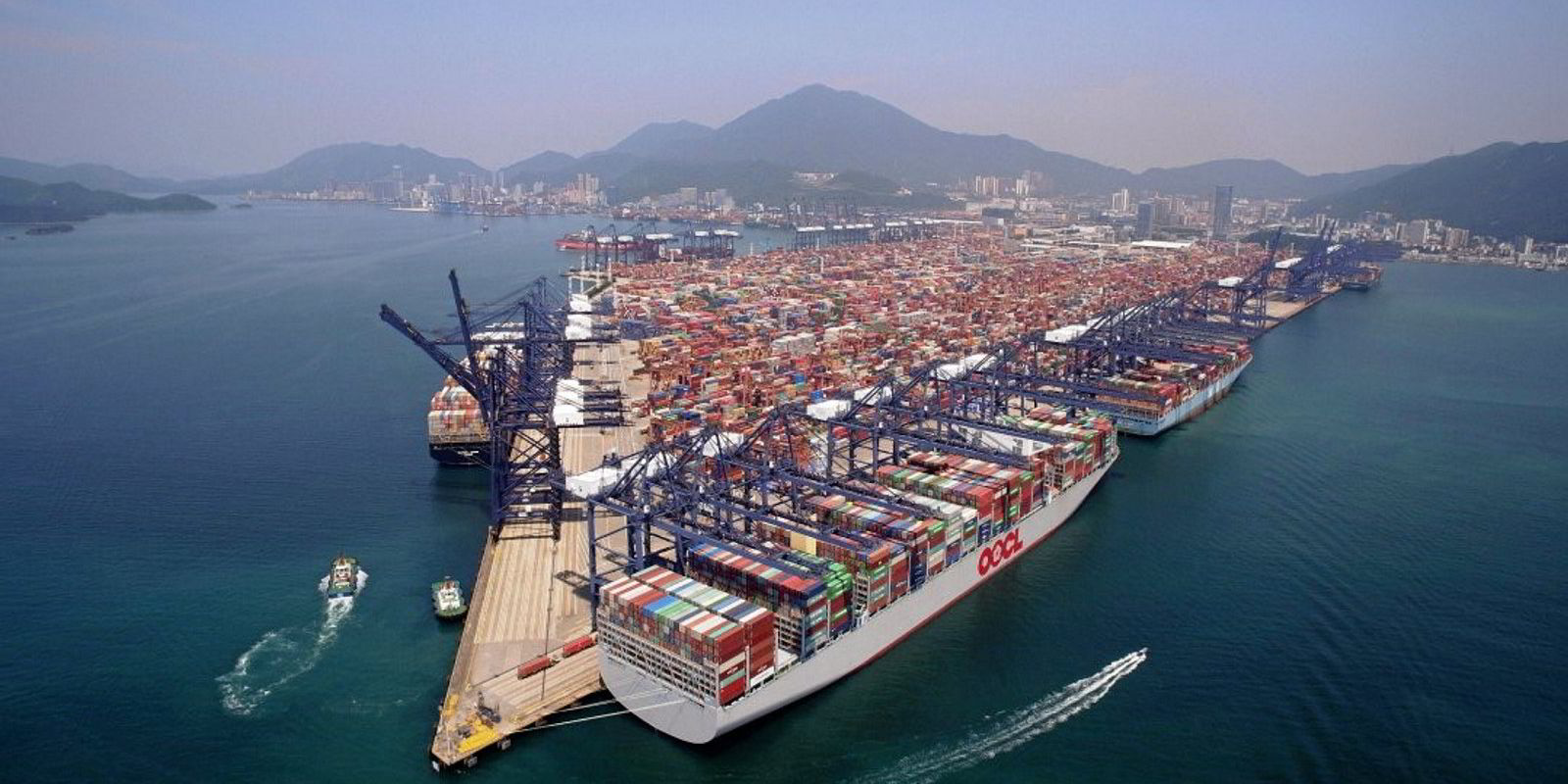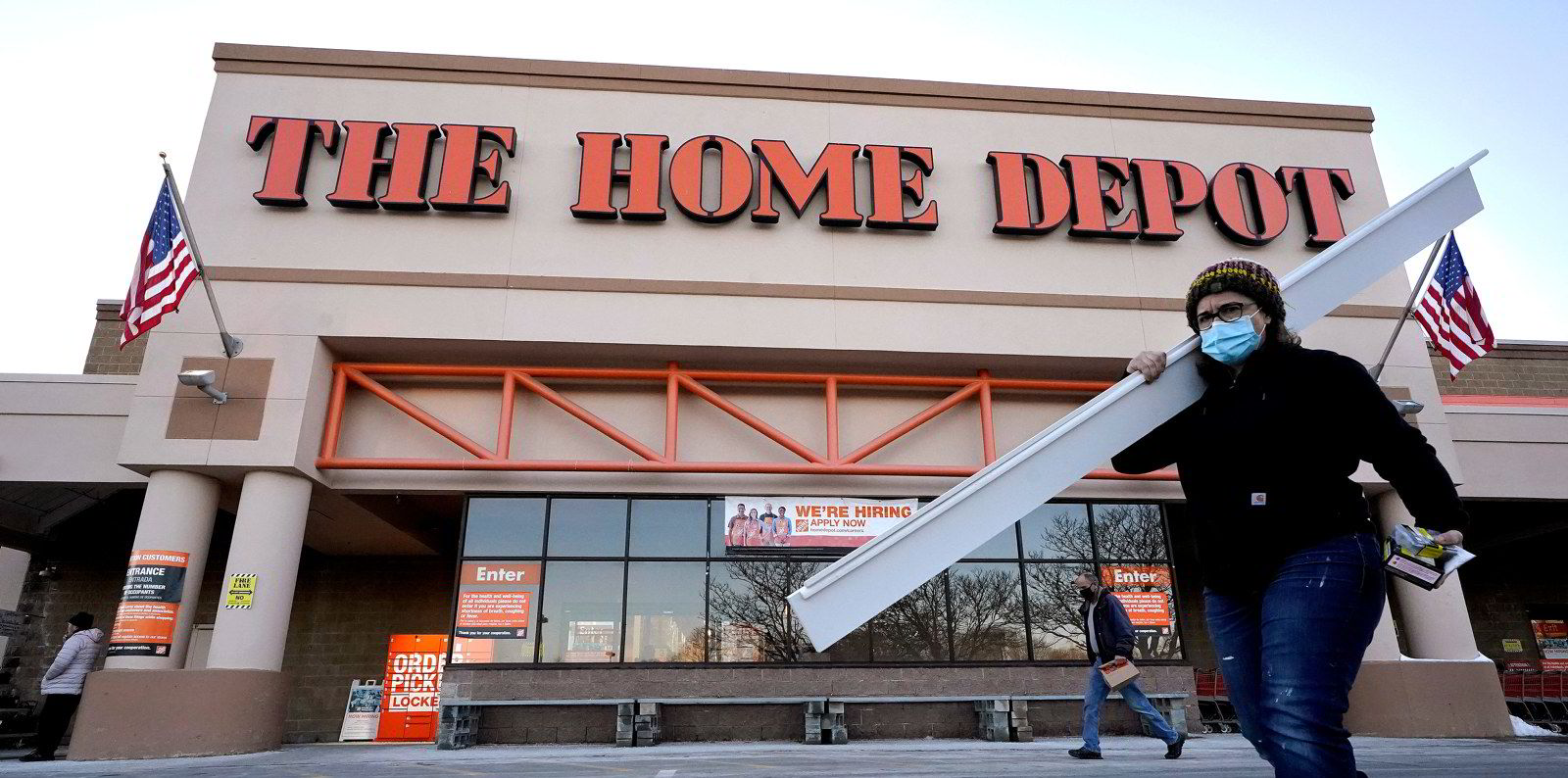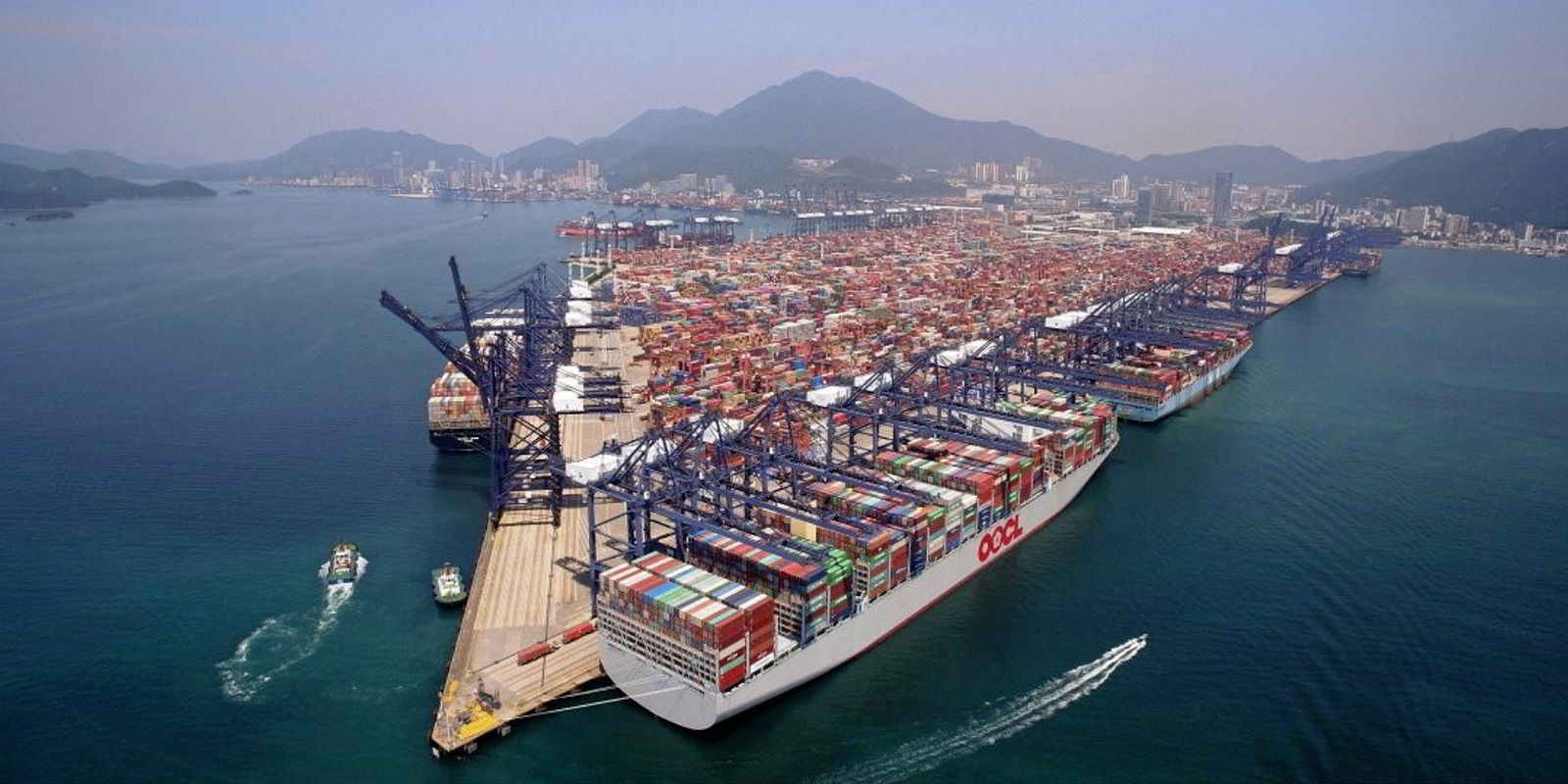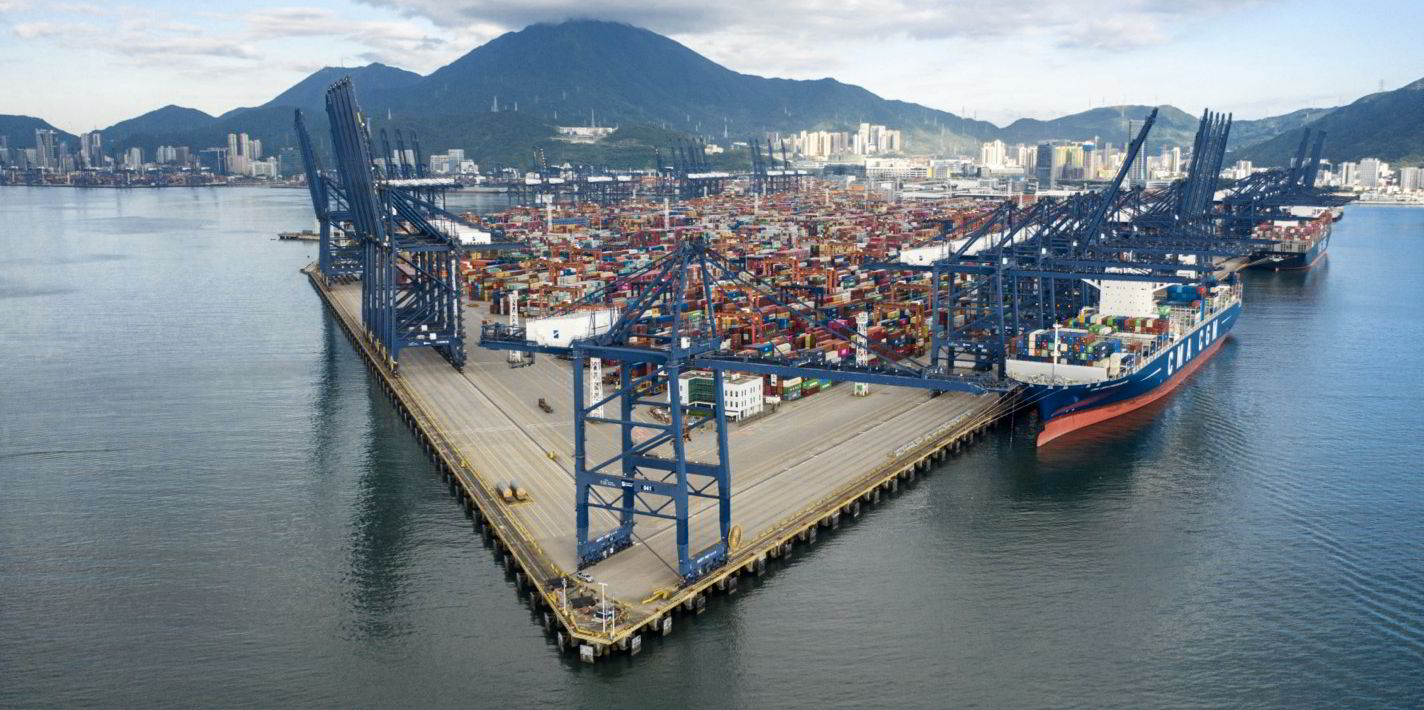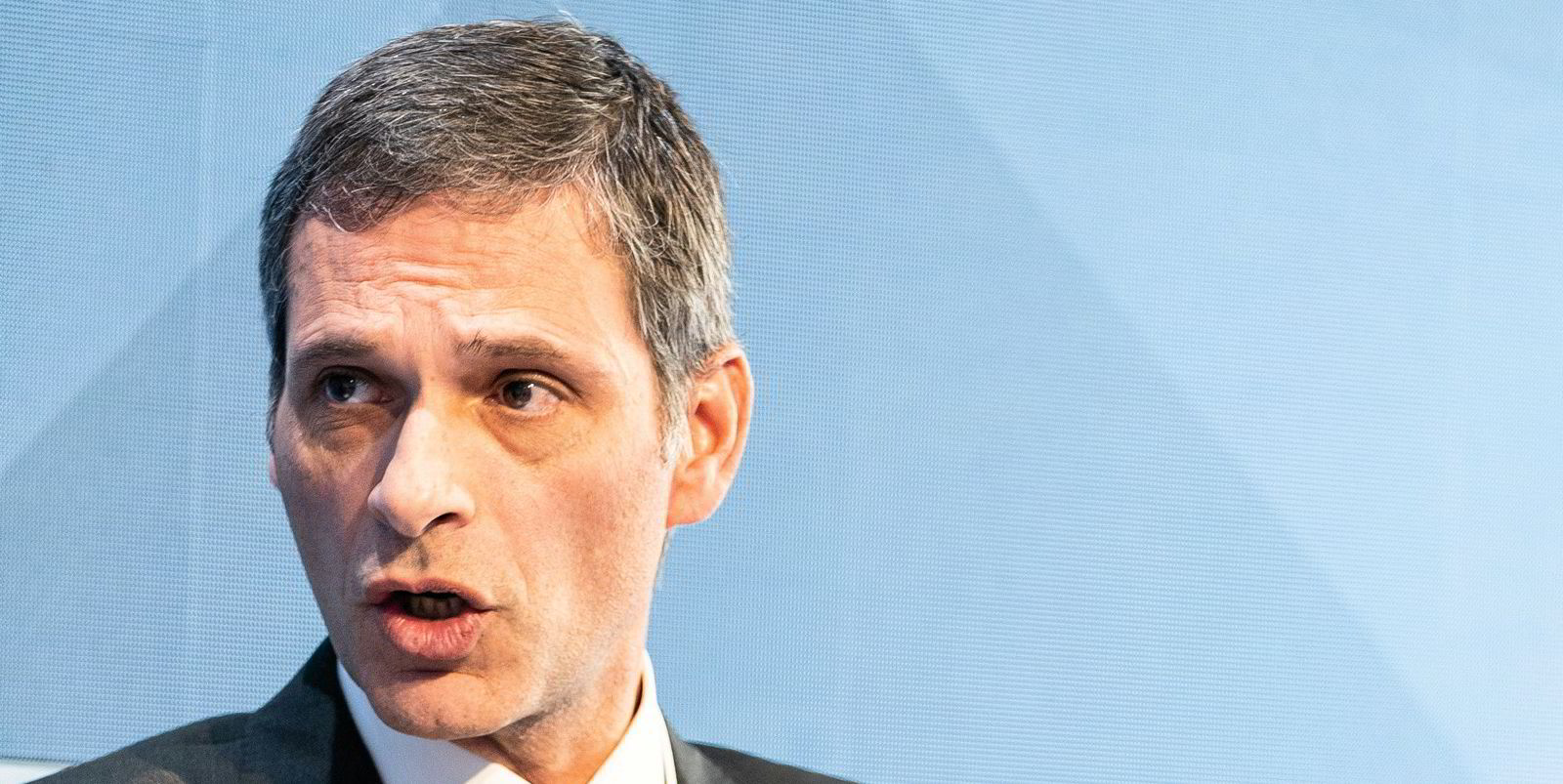A leading liner boss has played down the threat of competition from shippers chartering their own vessels.
Hapag-Lloyd chief executive Rolf Habben Jansen expects the “scramble for capacity”, which is leading shippers to charter their own vessels, to be a short-term phenomena.
A shortage of shipping space led US retail giant Home Depot to take drastic action and charter its own vessel.
That reflects an out-of-control freight market, where capacity is tight and rates are more than 200% higher than the same time last year.
Rates from Asia to the US West Coast increased 4% this week to $6,614 per 40-foot equivalent unit (feu), according to the Freightos Baltic Index.
Those from Asia to the US East Coast climbed 6% to $9,889 per feu and are 244% higher than rates for the same time last year.
“In the long run, the price of container [freight] will also go down to [a] reasonable level,” Habben Jansen told a virtual press meeting.
“Then doing it [chartering ships] by yourself will no longer be a viable option, that will remain much more expensive than today.”
He said the drastic measures being taken by shippers were comparable to moves by liner operators to charter in extra loaders.
“The slot cost of those ships can be two, three or four times what a normal ship would cost,” he said. “But today we’re doing that because we must make allocation available.”
He added that the fact shippers need to source cargoes from different locations would limit their ability to transport their own cargoes.
He said “they would have to buy a humongous number of ships”, which could only be obtained at “ridiculous” rates.
“It’s not something you want to do in the long run,” he insisted.
'Damage is done'
Port operations in the southern Chinese port of Yantian resumed this week after a six-day stop caused by a fresh outbreak of Covid-19.
But liner operators remain pessimistic about the speed with which congestion can be eased.
It said schedule reliability will continue to suffer with an average waiting time of 16 days and counting.
“The damage has already been done” Maersk said.
The current estimated wait is over a fortnight, causing many carriers to divert vessels to other ports.
“In total, over 300 sailings from all liners will omit Yantian and for Maersk, 19 of our mainline services have been affected,” it said.
Maersk questioned whether congestion in container ports around the world is becoming "the new normal".
“The most prominent bottleneck right now is Yantian given the sheer size of it, with it being the third-largest terminal in the world,” it said.
“But still there are many other ports where a one or two-day wait is becoming the norm, even if arriving on time.”
In the meantime, freight rates on east-west trades remain stubbornly high.
“Asia-US rates to both coasts are now at least triple their level last June,” Freightos research lead Judah Levine said.
He added that this was “all the more impressive given that transpacific ocean prices had already begun climbing on pandemic-driven spending a year ago”.
He said the disruption is expected to worsen empty container shortages at skipped ports.
The delays will also mean more cancelled sailings and effectively less capacity in June and July even as demand continues to surge.
Ocean shipments from China to the US have been taking 42% longer this month than in June last year, and this will probably get worse before it gets better, according to estimates from Freightos.
